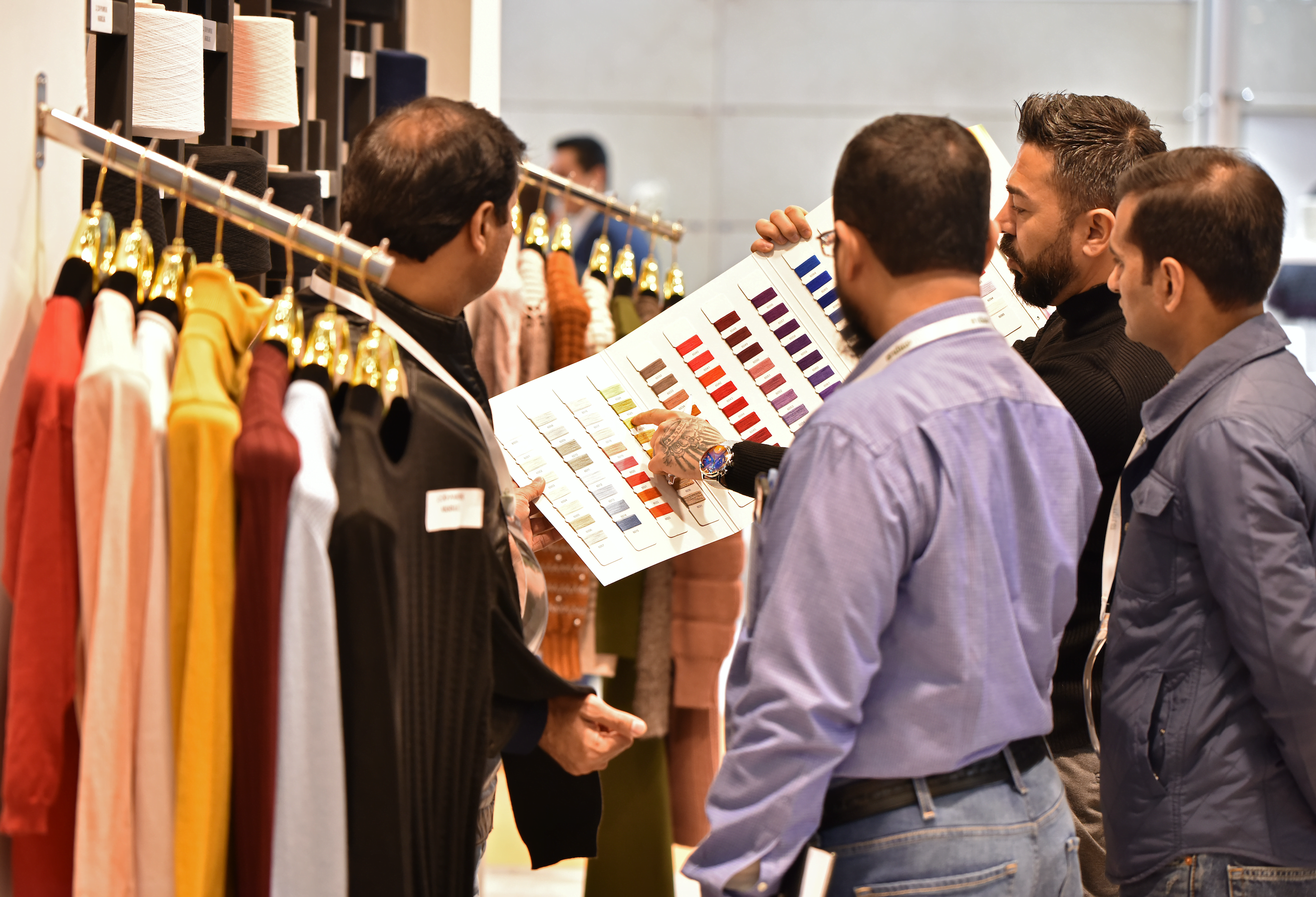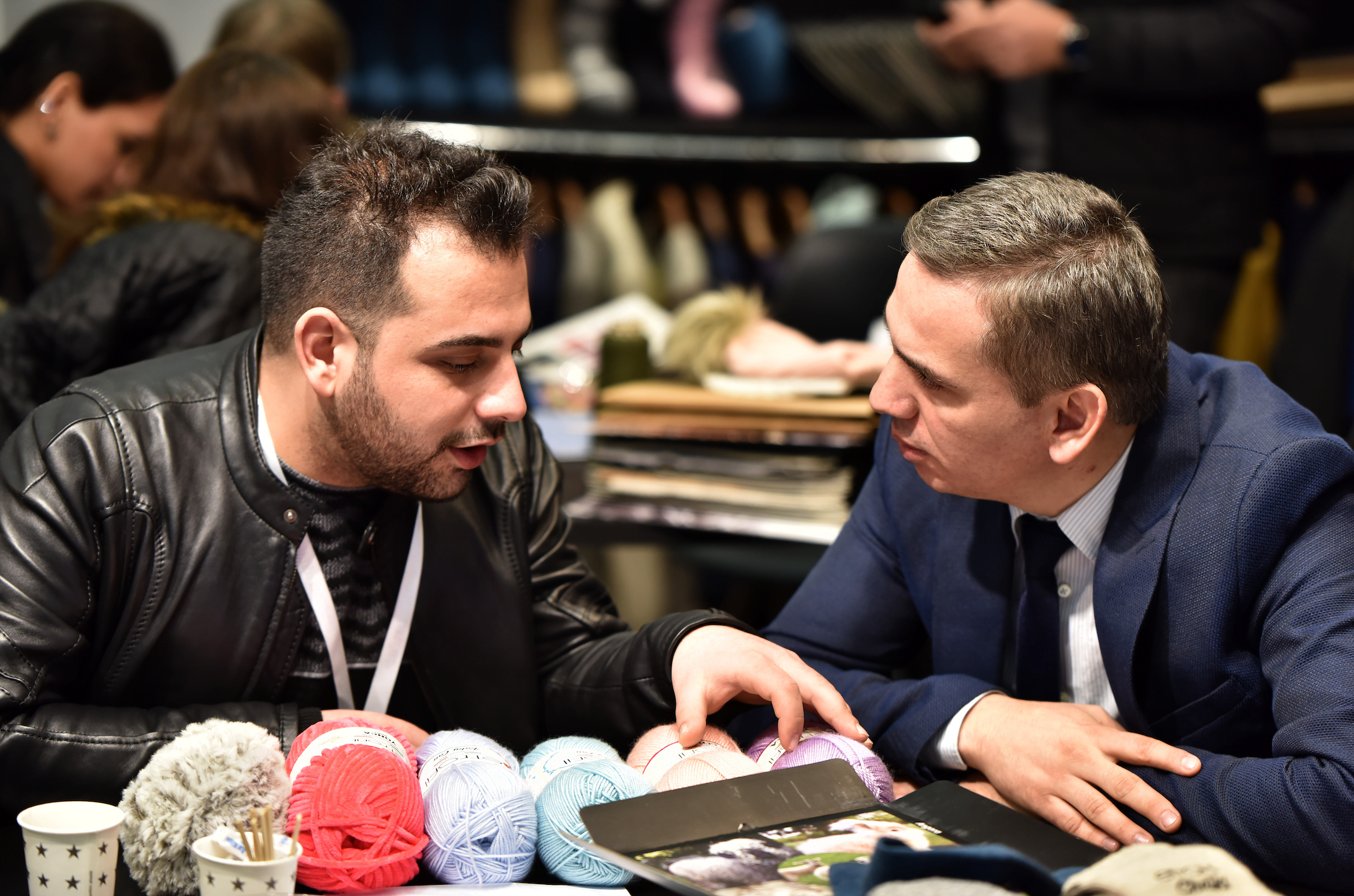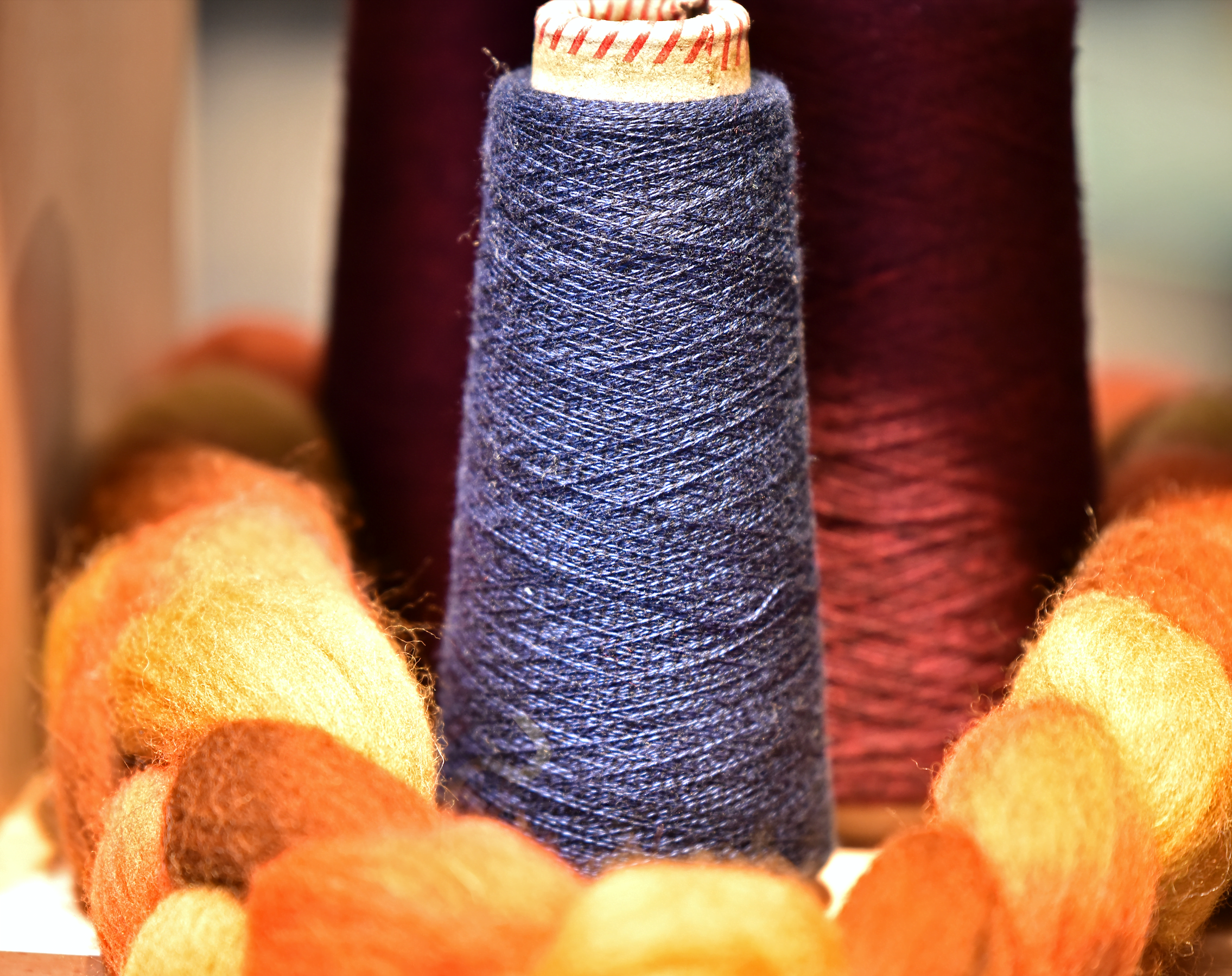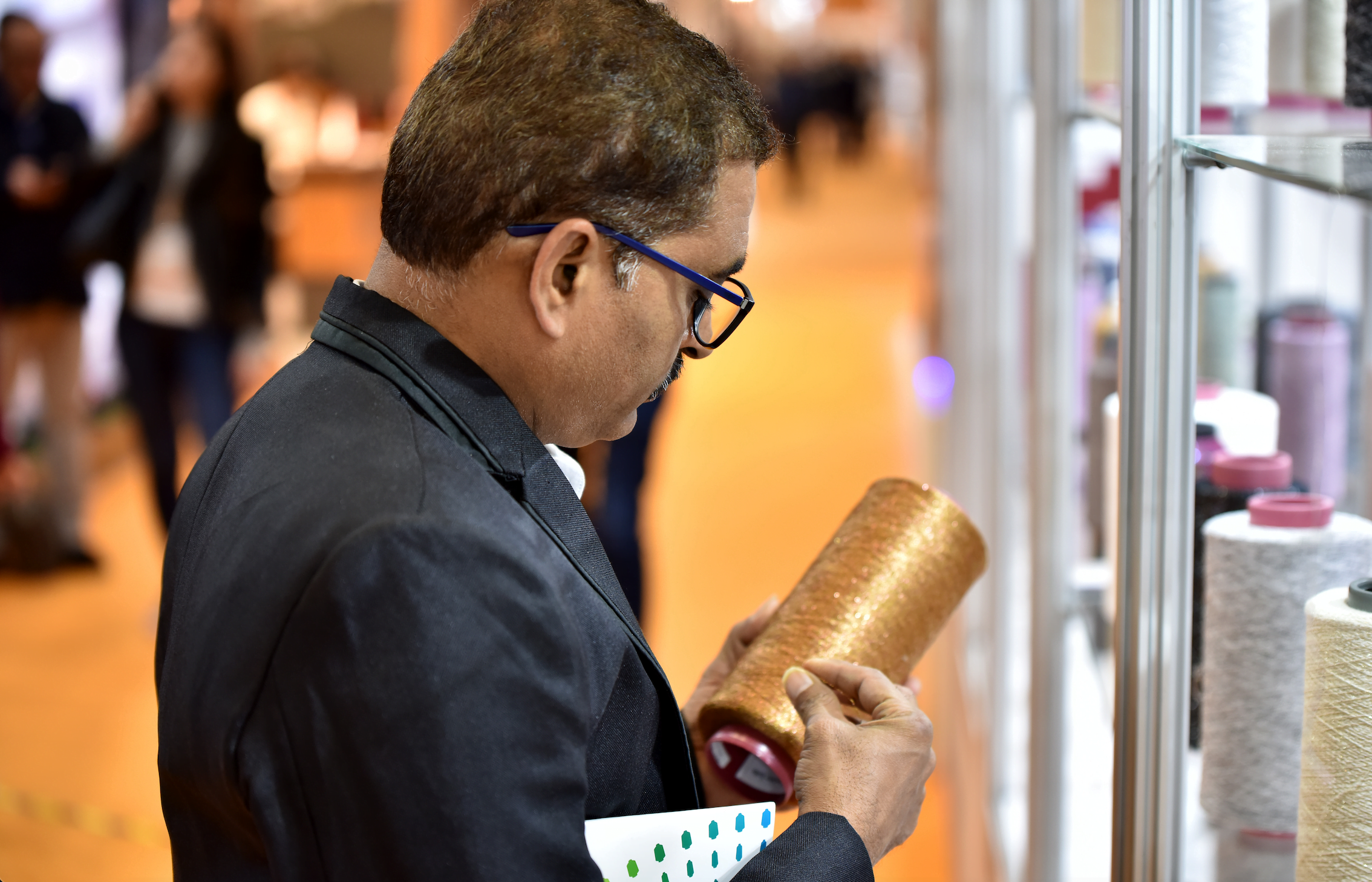Weaving recycling companies basically reinforce the scope of production with some processes. These processes are basic recycling processes. The steps involved in the recycling process of fabric and other weaving products can be discussed in order:
– Collection
– Sorting (Color and Structure Classification)
– Process
– Sales
Weaving recycling sector contributes to both nature and economy by recycling weaving waste. Recent research shows that this branch is growing quite rapidly. Textiles, including clothing items, furniture, bedding materials, curtains, clean items, entertainment equipment, and many other items, have become a $1 trillion industry. Parallel to this great development, some countries import thousands of tons of textile waste.
Everyone needs to recognize the value and benefits of recycling textiles. These green recycling ideas are becoming more common day by day. Every year, more than 50 billion garments are produced on average in weaving production all over the world. It’s okay to assume the enormity of the costs involved in producing these garments. For this reason, it would be a more plausible choice to include it in low-cost recycling processes, even if the effort is completely lost. Let alone the economic losses of non-recyclable textiles, even the damage they cause to the environment is in motion.
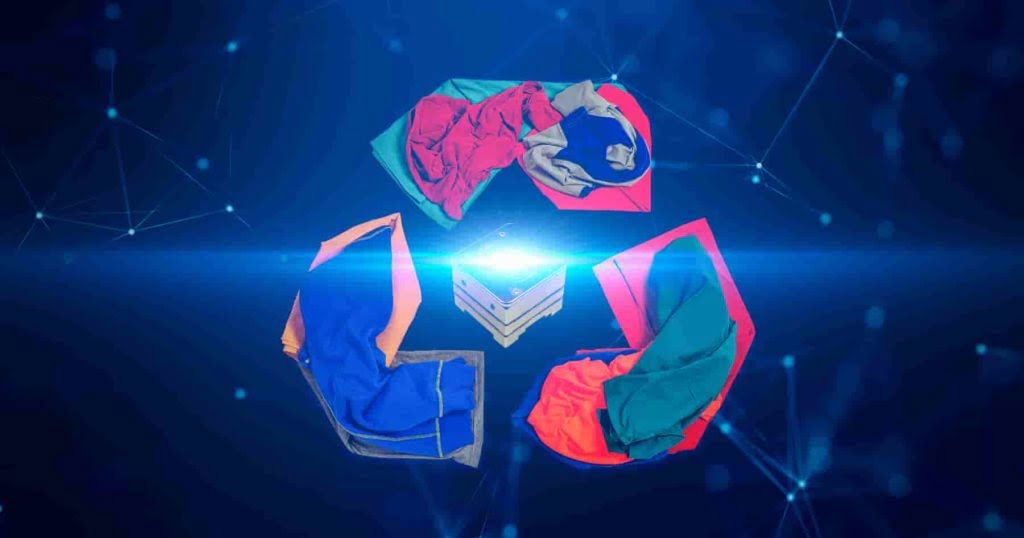
Fabric Recycling Division
Almost half of all fabric fiber in the world is obtained from plants, animals and insects. This means that more than half of it consists of non-natural, synthetic (artificial) fibers.
While synthetic fabric types participate in recycling processes, they leave more wasteful waste around than natural fabric types. Now nowhere are steps taken to prevent these toxic chemicals, which could potentially endanger even the lives of sea creatures. Recycling processes that will help reduce waste with only small government incentives are tried to be expanded. In the midst of the main causes of environmental pollution, especially in countries such as China and India, weavings made of synthetic, petroleum-based polymer containing fabrics are shown.
In our country, waste fabrics are given names such as “fire fabric”, “scrap fabric”, “scrap fabric”. The most well-known jargon in the weaving branch is “fire fabric”. Those who collect, buy and sell fire fabric are called “fireci”. It is coordinated by these individuals that the fabrics in small cuts that emerge around the main production patterns in the slaughter garment workshops and weavinghouses are delivered to the recycling factories so that they can participate in the recycling processes. Fabric recycling factories classify waste fabrics and turn them into fibers again, thanks to the machines in their structure. Some waste (waste) fabric recycling factories not only turn them into fibers, but also produce “regenerated yarn” with other production systems.
Regenerated yarns are almost as good as ordinary yarns. Fabrics woven with regenerated yarns are also called “regenerated fabrics”.
Regenerated fabric types are one step ahead with cheaper prices than original production fabric types. Thanks to the weaving recycling technology machines that have been developing rapidly recently, regenerated fabrics have succeeded in capturing over 75% of the original quality scale. Although regenerated fabrics are recognized in the domestic fabric market, they are still not able to fully meet the quality standards on an export basis.
How are the Prices of Fire (Scrap) Fabric Determined?
While the buyers and sellers of fire fabric determine the prices, technically they take the yarn prices as an index. With the increase in yarn prices, scrap fabric prices also increase. The fabric color that can be recycled most easily, that is, converted into fiber at the cheapest cost, is the color “white”.
Especially white color, lycra-free (without spandex), cotton combed (knitted) pile fabrics are the most easily recycled waste fabric type. Waste fabrics containing synthetic chemicals such as lycra (including elastane, spandex), polyester, polyamide can be recycled at a rate of 60%-70% with even higher
costs. For this reason, fabrics produced from natural and organic fibers such as white and black colors (no need to use paint remover
), cotton and linen have a higher price compared to synthetic fabric waste. Currently, types of scrap fabrics that do not contain white color polyester are much more valuable than the kilo price of scrap iron.
What are the Environmental Benefits of Waste Fabric Recycling?
Recycling other waste textiles, especially fabrics, benefits nature in the following form:
– Synthetic and natural fibers emit greenhouse gases after they have been waiting in nature for a while. With recycling processes, this situation can be reduced, if not eliminated.
– Costs such as power, labor and water usage are saved.
– Helps reduce environmental pollution.
– Provides extra employment.
